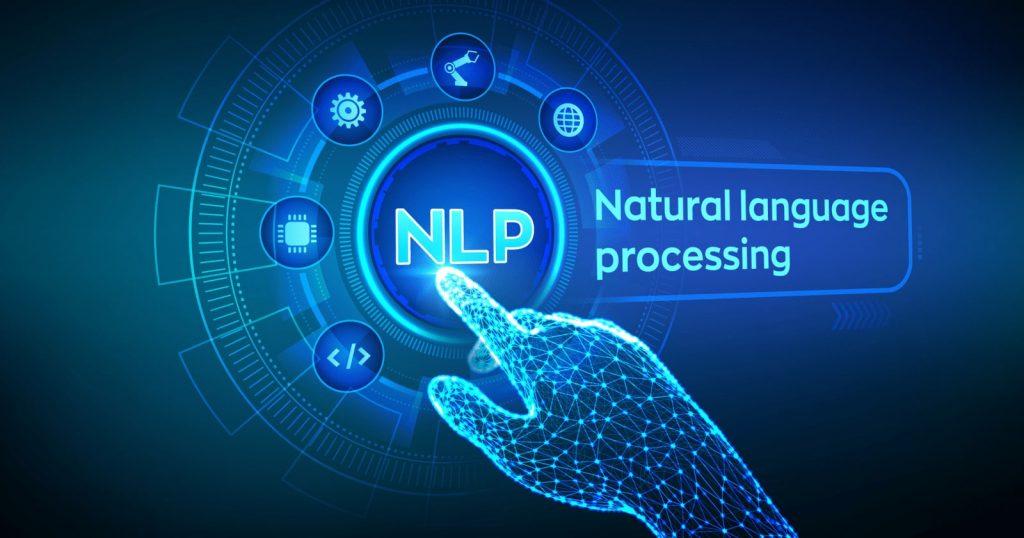
Introduction To This Article:
Natural Language Processing (NLP) is a field of artificial intelligence that deals with the interaction between computers and humans in natural language. It involves the use of computational techniques to process and analyze natural language data, such as text and speech, with the goal of understanding the meaning behind the language. However, NLP is a rapidly evolving field that has the potential to revolutionize the way we interact with computers and the world around us.
Natural Language Processing (NLP) – What is NLP?
NLP is a field that combines computer science, linguistics, and machine learning to study how computers and humans communicate in natural language. The goal of NLP is for computers to be able to interpret and generate human language. This not only improves the efficiency of work done by humans but also helps in interacting with the machine. NLP bridges the gap of interaction between humans and electronic devices.
Natural Language Processing (NLP) – Techniques used in NLP:
NLP uses various techniques to process and analyze natural language data. Some of the techniques used in NLP are:
- Tokenization: Breaking down text into words, phrases, or other meaningful elements.
- Part-of-speech (POS): Identifying the grammatical structure of each word in a sentence.
- Named entity recognition (NER): Identifying and categorizing named entities in text, such as people, places, and organizations.
- Sentiment analysis: Analyzing the emotional tone of the text, such as positive, negative, or neutral.
- Machine translation: Translating text from one language to another.
Natural Language Processing (NLP) – Applications of NLP:
NLP has a wide range of applications in various industries, including healthcare, finance, education, and more. Some of the applications of NLP are:
- It powers virtual assistants like Siri, Alexa, and Google Assistant, enabling users to interact with their devices using natural language.
- Businesses utilize NLP to analyze customer feedback, social media posts, and other textual data for determining sentiment and gathering insights.
- NLP is used to automatically translate text from one language to another, improving communication and accessibility.
- Companies employ NLP-powered chatbots in customer service, offering automated responses and assistance through natural language conversations.
Conclusion
In conclusion, NLP is a rapidly evolving field that has the potential to revolutionize the way we interact with computers and the world around us. It combines techniques from computer science, linguistics, and machine learning to process and analyze natural language data, enabling a wide range of applications such as virtual assistants, sentiment analysis, machine translation, and more. As research and development continue, we can expect further advancements and exciting applications in the future.
Learn More – Information Courtesy
